광저우 펀스페이스 테크놀로지 주식회사, 주식회사.
FunSpace는 독립적인 연구에 중점을 둔 아케이드 기계 공급업체이자 제조업체입니다., 개발 생산,코인식 아케이드 게임기 판매 및 서비스.
문의하기
핸드폰: 0086 18011735497
이메일: [email protected]
주소: 아니요. 42 스신 로드, 동환 거리, 판위구 , 광저우, 중국.
메뉴
With virtual reality (VR) becoming a rapidly growing industry, starting a VR arcade business presents an exciting and potentially lucrative opportunity. This guide will provide you with a step-by-step approach to opening your own VR arcade, covering everything from market research and costs to marketing strategies and profitability. If you’re ready to turn your passion for VR into a business, this guide is for you!
팁: We provide various types of 가상 현실 기계 products, 필요한 경우, 제발 저희에게 연락하십시오!
A VR arcade is a physical location where customers can experience virtual reality gaming or entertainment using VR headsets and specialized equipment. These arcades allow users to immerse themselves in digital worlds, offering everything from high-octane action games to serene simulations.
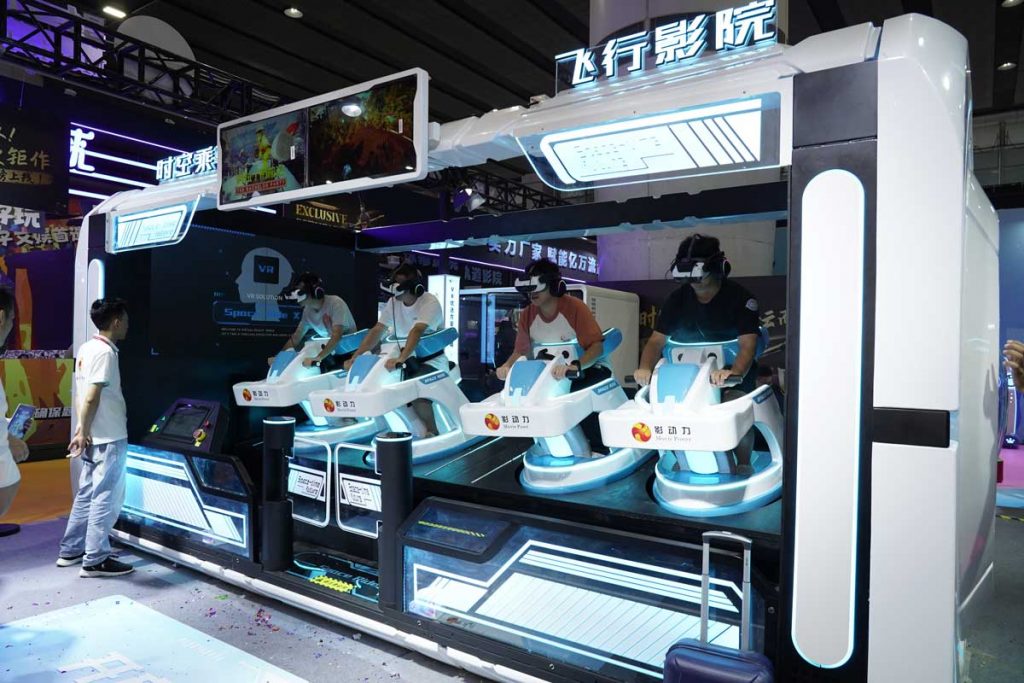
The VR industry is growing rapidly. Once considered a niche technology, VR has become a mainstream entertainment medium. As VR hardware becomes more affordable and the content more diverse, VR arcades are popping up in cities around the world. This makes it an ideal time for starting a VR arcade business, as the demand for immersive entertainment experiences is increasing.
This article will provide a comprehensive guide to starting a VR arcade business. We’ll walk through every stage, from understanding market trends to developing a business plan, managing costs, and assessing profitability.
The global VR industry is booming. By 2026, it’s estimated to reach a market size of over $50 10억. VR has applications across many fields, from gaming to education and healthcare, but entertainment and gaming remain dominant. As more consumers seek out immersive entertainment experiences, VR arcades are well-positioned to capitalize on this trend.
VR appeals to a wide range of audiences, from hardcore gamers to families and corporate groups. Understanding your target market is key:
Before starting a VR business, you need to assess the demand in your local area. Are there other VR arcades or similar entertainment venues nearby? What experiences are they offering? Identifying gaps in the market will help you define your niche and attract customers.
If there are other VR arcades in your area, you’ll need to differentiate your business. Perhaps you can offer a unique set of games, better customer service, or additional amenities like snack bars or party hosting. Understanding your competition will help you position your VR arcade effectively.
Choosing the right business model is crucial. Consider the following options:
Your business plan should include detailed financial projections. Estimate your startup costs, operational expenses, and potential revenue. 예를 들어, calculate the cost of renting a space, purchasing VR equipment, staffing, 마케팅, and insurance. Then, project your expected foot traffic and revenue based on your pricing model.
Location is key to a successful VR arcade. High-traffic areas like malls, entertainment districts, or near cinemas can help you attract customers. Consider accessibility, parking, and the overall environment when selecting a site for your VR arcade business.
Starting a VR arcade business requires significant capital, especially for equipment and leasing. Consider funding options such as:
Considering both the initial setup and ongoing operational costs, the overall cost of starting a VR arcade business can range from $120,000 에게 $330,000 또는 그 이상. Here’s a rough breakdown:
The cost of starting a VR arcade can vary widely depending on several factors, such as the size of the arcade, 위치, type of equipment, and the services you plan to offer. Below is a breakdown of the key expenses you’ll need to consider when starting a VR arcade business:
These are the one-time costs involved in setting up your VR arcade:
VR Equipment: Purchasing equipment is the most important step in starting a VR arcade business, and it is also the most expensive step. VR equipment on the market is cheap and expensive, mainly based on the technology used in the machine and the experience it brings to customers. The price is estimated to be $7,000~$50,000 per unit. Cost estimate: $50,000-$70,000 per station.
Renovation and Interior Design: Setting up your arcade will require creating booths or play spaces for each VR station, installing safety measures like padded floors, and designing the space to provide a comfortable, 몰입 형 경험. Cost Estimate: $5,000–$30,000, depending on the size and design complexity.
Miscellaneous Equipment: Additional costs will include furniture (chairs, waiting areas), 장식물, 조명, and other amenities that improve the customer experience. Cost Estimate: $2,000–$10,000, depending on the setup.
Once your VR arcade business is up and running, you’ll face regular monthly expenses, 포함:
Rent: The cost of your lease will likely be one of the largest ongoing expenses. This varies by location and the size of your space. Cost Estimate: $2,000–$10,000 per month.
Salaries: You’ll need staff to manage the arcade, including customer service representatives, VR technicians, and a manager. Depending on the size of your arcade, you may need anywhere from 3 에게 10 employees. Cost Estimate: $20,000–$50,000 per year, depending on the number of employees and local wages.
Utilities: Electricity, internet, and other utilities are necessary for running the arcade. High-performance gaming PCs and VR equipment consume significant power. Cost Estimate: $500–$1,500 per month.
Equipment Maintenance and Upgrades: VR hardware can wear down with regular use, so you’ll need to factor in repair and replacement costs. You may also want to upgrade your hardware as newer systems become available. Cost Estimate: $1,000–$5,000 매년.
Marketing and Advertising: To attract and retain customers, you’ll need to invest in marketing strategies, including online ads, social media campaigns, local promotions, and partnerships. Cost Estimate: $500–$2,000 per month.
Insurance: Business insurance is a must to protect against liability, equipment damage, and potential accidents. You’ll also need to consider health and safety compliance insurance. Cost Estimate: $1,000–$3,000 매년.
Choosing the right VR arcade machine is one of the key factors for the success of opening a VR arcade business. VR arcade machines usually refer to all-in-one machines that integrate virtual reality equipment, software, games and management systems, and are specially designed for commercial entertainment environments. These machines usually come with a range of pre-installed VR games and experiences, and are easy to operate and maintain.
Here are a few key aspects to consider when choosing a VR arcade machine:
VR arcade machines can be divided into several types, each with different characteristics and application scenarios:
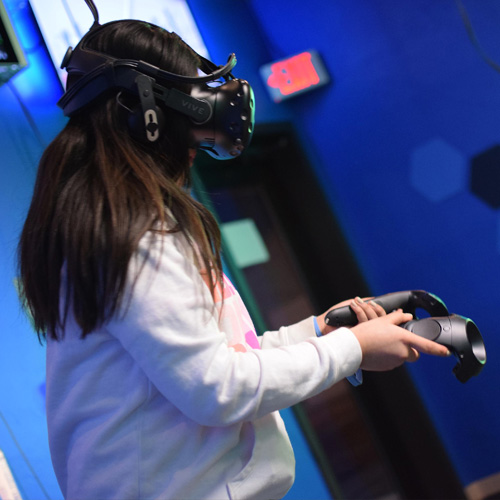
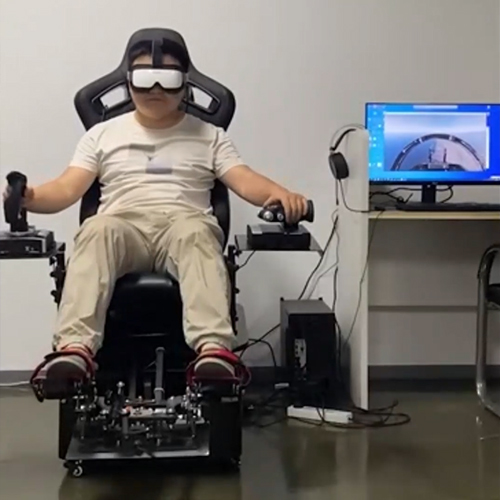
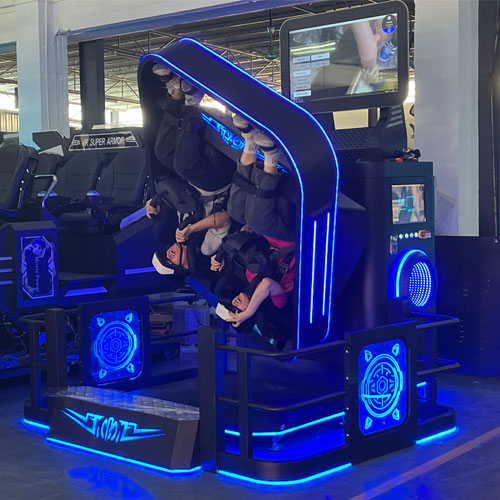
The types of games and experiences provided by the VR arcade machine are the core of determining customer satisfaction and attraction. When choosing a machine, make sure it supports diverse content:
Commercial VR arcade machines should be easy to operate and maintain. The following points are worth noting:
The hardware performance of the VR arcade machine directly affects the smoothness and immersion of the experience. The following are key hardware parameters:
As commercial equipment, VR arcade machines need to have high durability to withstand frequent use. Here are a few points to pay attention to:
Choosing the right VR arcade machine is the basis for successfully opening a VR arcade business. You need to make decisions based on the target market, content needs, ease of operation, hardware performance, and budget. A high-performance, content-rich, easy-to-operate and maintain VR arcade machine can not only provide customers with a high-quality immersive experience, but also bring you efficient operations and profitability.
When designing your VR arcade, consider customer comfort and flow. Ensure there’s ample space for each VR station to avoid collisions and provide privacy. A well-organized layout also allows you to manage more customers during peak times.
Safety is a top priority. Install padded flooring, clearly mark boundaries, and ensure customers are briefed on how to safely use the equipment. Make sure your VR arcade is accessible to everyone, including people with disabilities.
The atmosphere of your VR arcade should reflect the immersive nature of VR. Consider using futuristic lighting, 음향 효과, and thematic decor to enhance the experience. Comfortable waiting areas and refreshments can also boost customer satisfaction.
광저우 FunSpace Technology Co., 주식회사. is a leading one-stop solution provider for game consoles and vending machines in China. 설립연도 2008, 회사는 협력했습니다 3,000 놀이 공원을 포함한 파트너, 쇼핑몰, 가족 엔터테인먼트 센터, rental companies, 등., providing professional design, 계획, production and 24-hour after-sales service.
We provide professional VR theme parks one-stop solutions, from product selection to site design to final product installation and testing, we can help you solve it in one step!
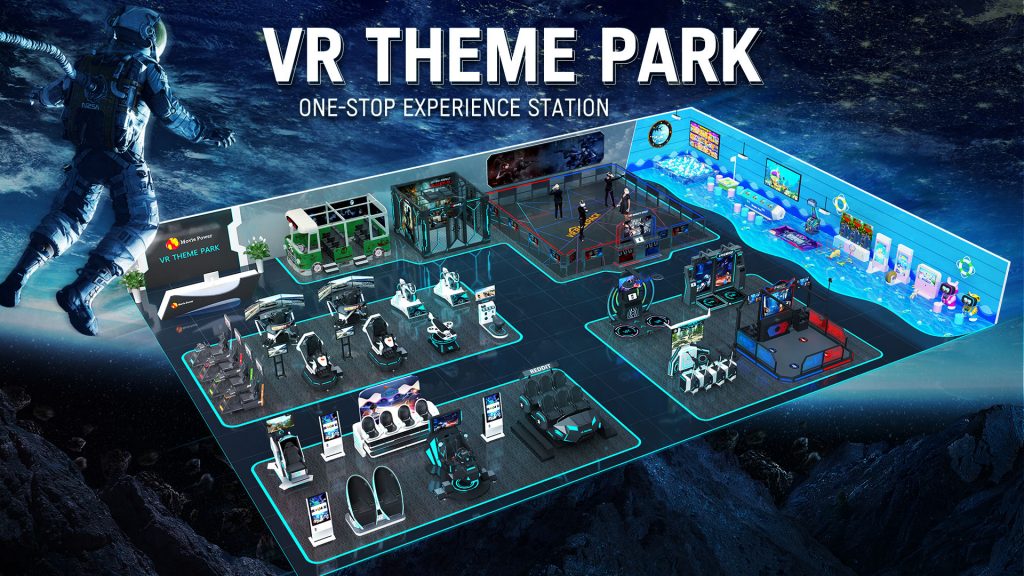
You’ll need to officially register your business as a legal entity. Choose between a sole proprietorship, LLC, or corporation, depending on your needs.
Ensure you obtain all necessary business licenses and permits. 귀하의 위치에 따라, this may include entertainment venue licenses, zoning permits, and health and safety compliance.
Business insurance is a must. Get coverage for liability, equipment damage, and business interruption to protect against unexpected events.
Since VR can sometimes cause motion sickness or disorientation, have customers sign liability waivers before participating. This protects you legally if any accidents or injuries occur.
A successful VR arcade relies on knowledgeable and friendly staff. Key roles include:
Proper training is essential. Ensure your staff understands how to operate and maintain the equipment and can provide excellent customer service.
Your staff will be dealing with many first-time VR users, so patience and clear communication are important. Making the experience easy and enjoyable for newcomers will encourage repeat visits.
Create a memorable brand that resonates with your target audience. A catchy name, 심벌 마크, and theme will help differentiate your VR arcade business from the competition.
A strong online presence is essential for attracting customers. Build a professional website where users can book sessions, view games, and learn about your VR arcade. Social media platforms like Instagram, 페이스북, and TikTok can help showcase gameplay and customer experiences.
Optimize your website for local search results. Register your business on Google My Business and Yelp to increase your visibility. Encourage customers to leave reviews, which will boost your reputation.
Run promotions to attract new customers. Offer discounts for first-time visitors, group rates, or bundle deals. Loyalty programs can help incentivize repeat business.
Partner with nearby businesses, such as restaurants, movie theaters, or event spaces, to create cross-promotions. 예를 들어, offer a discount for customers who show a receipt from a local restaurant.
Consider a soft launch to test your operations and work out any kinks before your official grand opening. A soft launch allows you to gather feedback from a smaller group of customers. Then, host a grand opening event to attract more attention, complete with promotions, giveaways, and media coverage.
During your grand opening, offer discounts, run contests, or partner with local influencers to generate buzz. Make sure to announce the event on social media and through local media outlets.
Encourage your first customers to leave feedback and reviews. This will not only help you improve but also build social proof for potential customers.
The profitability of your VR arcade business depends on a variety of revenue streams:
Keep customers coming back by regularly updating your game library, offering loyalty programs, and organizing special events. The more fresh and exciting your offerings, the more likely customers are to return.
VR arcades typically have a high initial investment, but once operational, they can generate healthy profit margins. The break-even point varies depending on location, 소송 비용, and pricing, but many successful VR businesses can break even within 12-24 months.
Look to existing VR arcades that have scaled successfully by expanding into new locations or franchising their model. These businesses demonstrate that profitability is achievable with the right strategy.
Implement an efficient booking system to manage reservations and reduce wait times. Ensure your staff is well-trained to handle customer service, troubleshoot equipment issues, and manage busy periods.
As your business grows, consider introducing new games or offering niche VR experiences like educational programs or fitness activities. Adding food and beverages or merchandise sales can enhance customer experience and boost revenue.
If your VR arcade is successful, you might consider expanding to additional locations or franchising your business model. This allows you to tap into larger markets and grow your brand regionally or nationally.
Starting a VR arcade business is an exciting venture with significant potential. From conducting market research and developing a business plan to setting up your arcade and attracting customers, there’s a lot to consider. 하지만, with careful planning, a focus on customer experience, and a solid marketing strategy, you can create a profitable and sustainable virtual reality gaming business.
Take the next step today—immerse yourself in the world of VR, and bring that immersive experience to your customers!
메시지 보내기
광저우 펀스페이스 테크놀로지 주식회사, 주식회사.
FunSpace는 독립적인 연구에 중점을 둔 아케이드 기계 공급업체이자 제조업체입니다., 개발 생산,코인식 아케이드 게임기 판매 및 서비스.
문의하기
핸드폰: 0086 18011735497
이메일: [email protected]
주소: 아니요. 42 스신 로드, 동환 거리, 판위구 , 광저우, 중국.
광저우 펀스페이스 테크놀로지 주식회사, 주식회사.
FunSpace는 독립적인 연구에 중점을 둔 게임기 공급업체이자 제조업체입니다., 개발 생산,코인식 아케이드 게임기 판매 및 서비스.
문의하기
핸드폰: 0086 18011735497
이메일: [email protected]
주소: 아니요. 42 스신 로드, 동환 거리, 판위구 , 광저우, 중국.
WhatsApp에 우리
